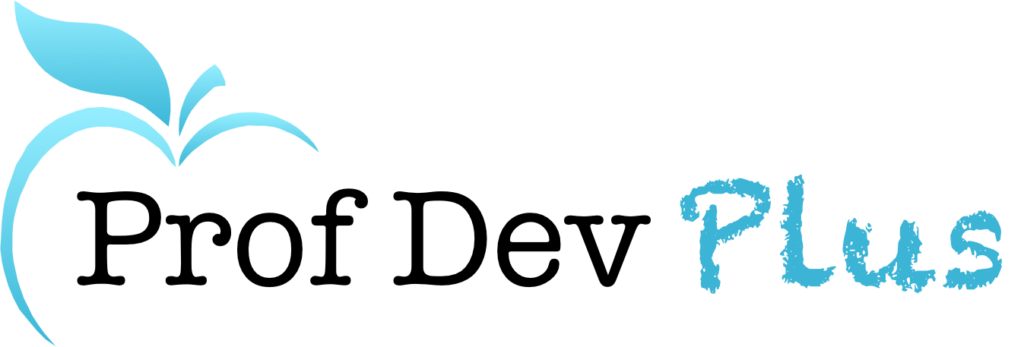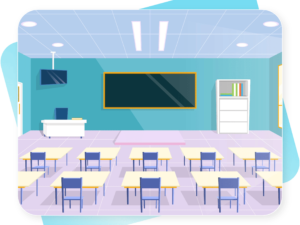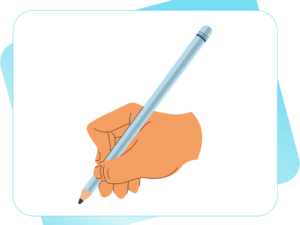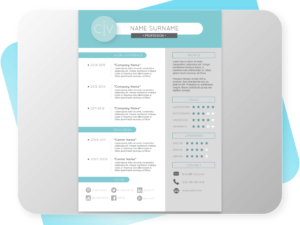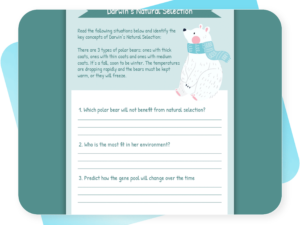Using Mind Maps in Intermediate Phase
- Description
- Curriculum
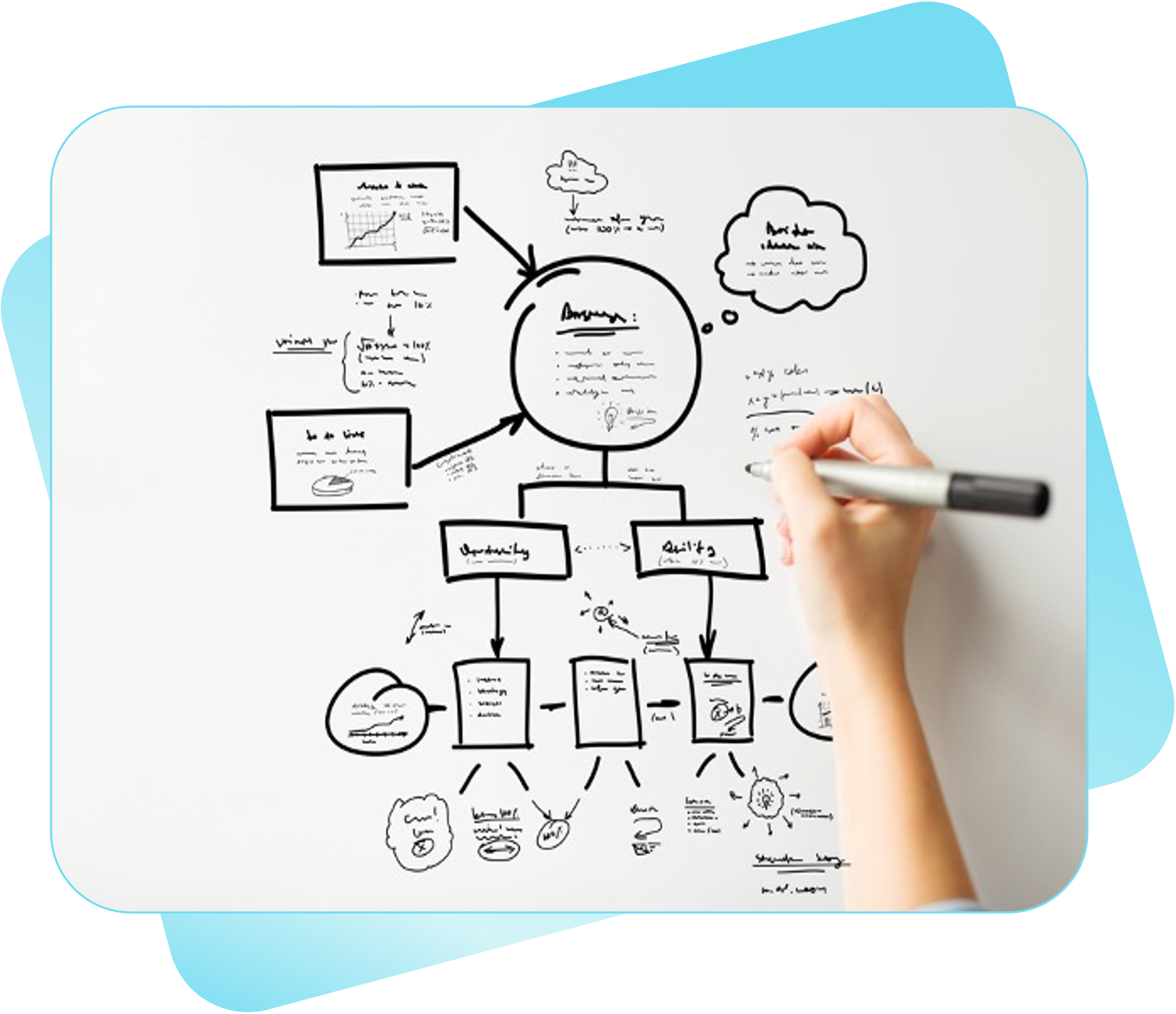
This course is designed for educators and students alike, this course provides a deep understanding of the principles, applications, and benefits of integrating mind maps into the curriculum, this course aims to foster critical thinking, enhance creativity, and promote holistic learning experiences for young minds.
-
1Course Introduction
Thsi video provides a brief outline about what this course will cover.
-
2Understanding Mind Maps
In this video, we embark on an insightful exploration of the fundamental principles behind mind maps and their invaluable role in fostering effective learning strategies. This introduction lays the groundwork for a comprehensive understanding of how this visual thinking technique can revolutionizWatch this video, and once you have finished watching, please click on 'complete' below the video before you progress to the next lesson.
-
3Assisting Learners who Struggle with Applying Knowledge
-
4Components of Mind Maps
In this video, we delve into the essential elements that constitute the backbone of mind maps, unveiling the key building blocks that contribute to their effectiveness in the Intermediate Phase curriculum.
-
5Summary of Components of Mind Maps
-
6Fish Mind Map
This Fish Mind Map is designed to guide learners how to define a something. This Mind Map will train and develop learners cognitive thinking and teach them to use a specific thinking pattern when asked to define a concept.
-
7Template: Fish Mind Map
-
8Starfish Mind Map
The Starfish Mind Map is designed to teach learners how to describe something. It can be used to describe a word, symbol, picture, story or topic. This mind map will train and develop learners cognitive thinking and teach them to use a specific thinking pattern when asked to describe something. This mind map also encourages learners to extend their vocabulary.
-
9Template: Starfish Friends Mind Map
-
10Starfish Friends Mind Map
The Starfish Friends Mind Map is designed to guide learners how to compare two things. It can be used to find out the similarities and differences between two objects, topics or scenarios. This mind map also encourages learners to identify links and contrasts between two items.
-
11Template: Starfish Mind Map
-
12Shell Mind Map
The Shell Mind Map is designed to guide learners on how to sort information. Learners are given the main topic and the proceed to organise information into sub-topics. Learners then sort information into the relevant sub-topics. This mind map encourages learners to categorise and sort relevant information.
-
13Template: Shell Mind Map
-
14Eel Mind Map
The Eel Mind Map is designed to guide learners on out to sequence information. It is used to take information and arrange it in a logical and sequential manner. This mind map encourages learners to develop their critical thinking skills.
-
15Template: Eel Mind Map
-
16Starfish Babies Mind Map
The Starfish Babies Mind Map is designed to teach learners on how to identify the parts, or components, of a whole. Learners are taught to analyse something as a whole and determine the smaller elements or components that make up the whole.
-
17Template: Starfish Babies
-
18Crab Mind Map
The Crab Mind Map is designed to teach learners how to identify reason and result of a given situation. Learners are taught to look at a situation and assess the reasons why it is happening, and identify the results or consequences of the event occurring.
-
19Template: Crab Mind Map
-
20Jellyfish Mind Map
The Jellyfish Mind Map is designed to teach learners the difference between a fact and an opinion, and how to justify or substantiate their answers. Learners are guided on how to look at a question and decide whether a factual or opinnoated answer is required. This mind map also develops the skill of justification which teaches learners how to give a reason for their answer.
-
21Template: Jellyfish Mind Map
